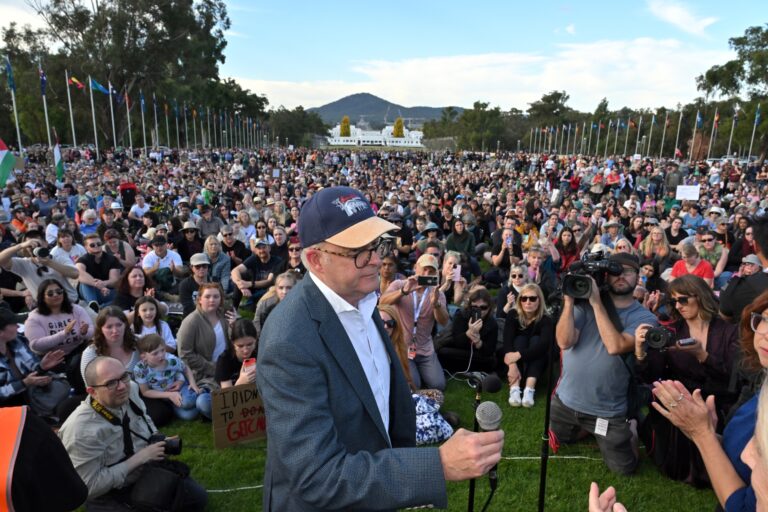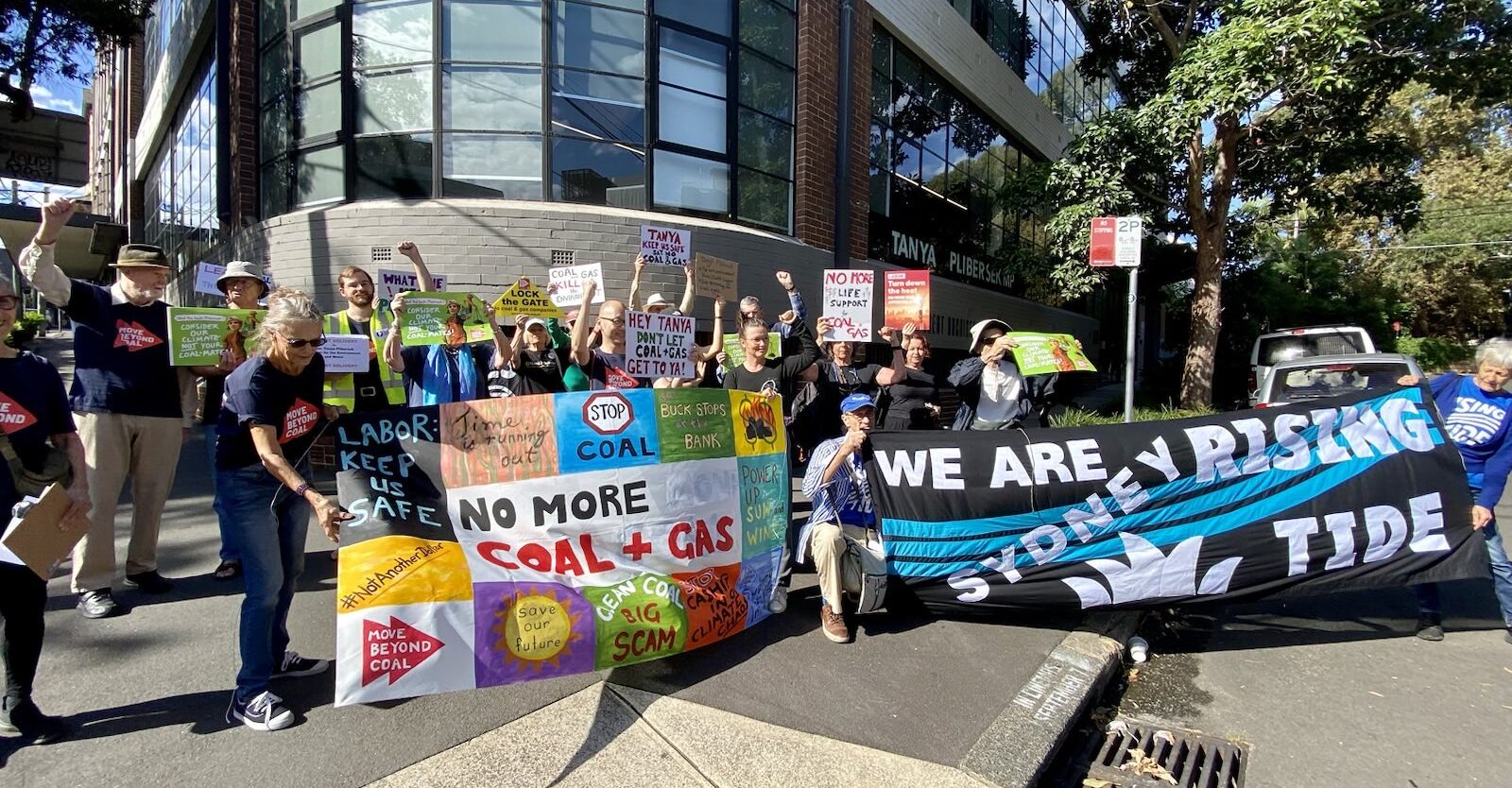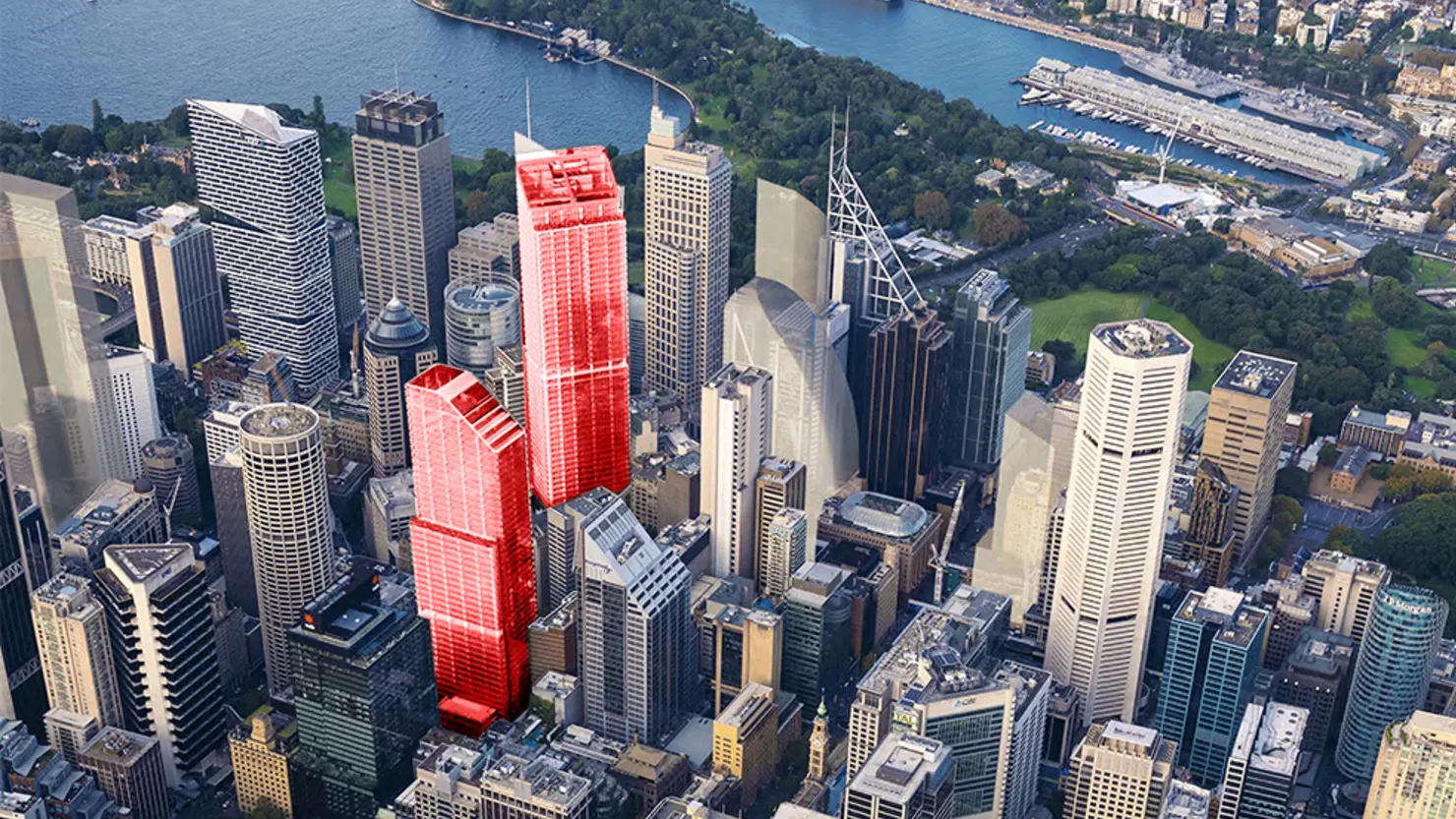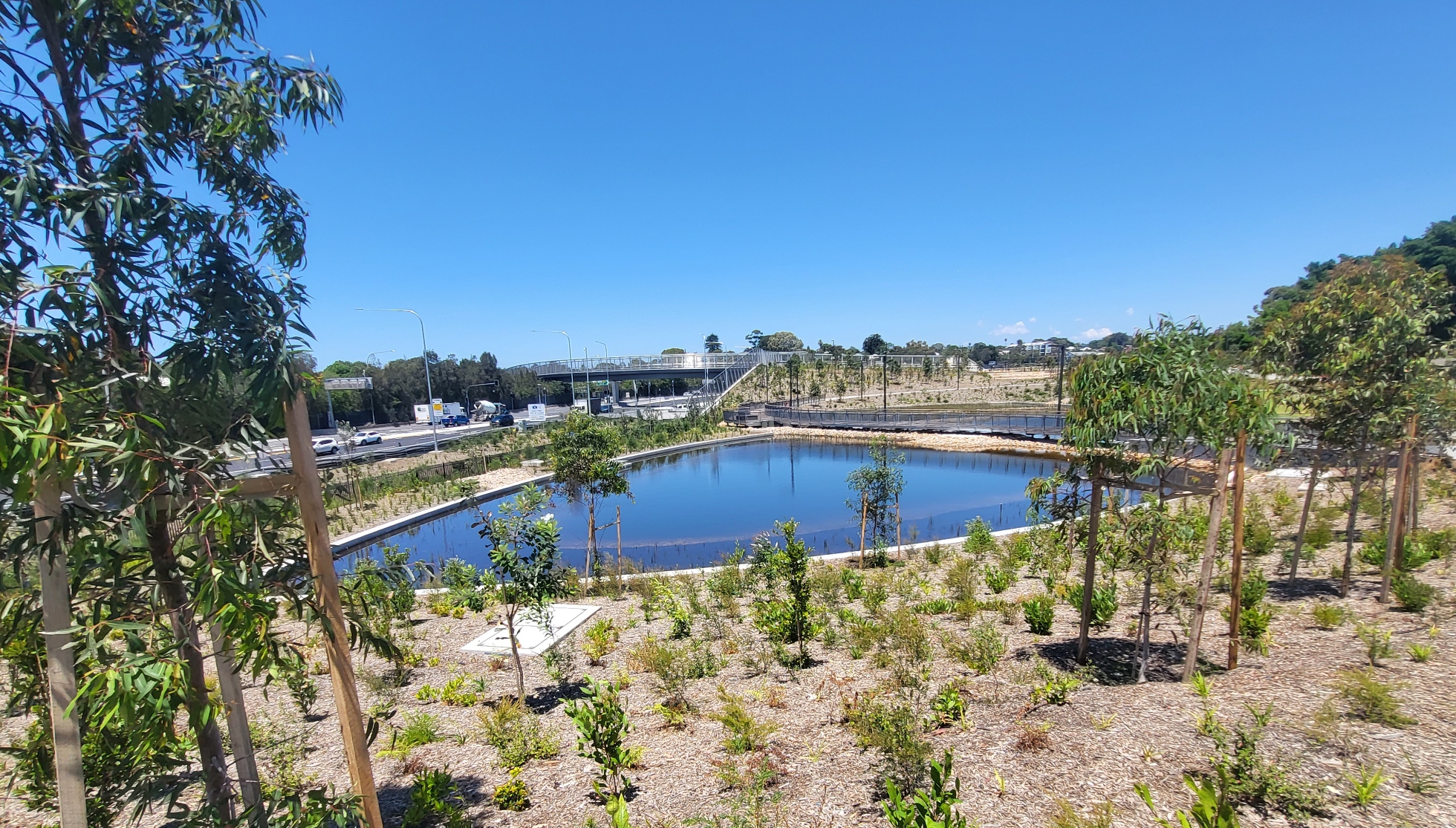
Penalty rate peril for workers
By Lauren O’Connor
On March 4 workers in the public sector, union representatives and voters protested in major cities against a review of penalty rates by the federal government.
Thousands of protesters gathered outside the NSW State Parliament in opposition to privatisation of the state’s electricity network and proposed changes to industrial relations legislation.
The rally’s proximity to International Women’s Day on Sunday March 8 highlighted how changes to penalty rates would disproportionately affect women.
Ged Kearney, President of the Australian Council of Trade Unions said the tens of thousands who attended the National Day of Action were there to “send a message” to the government against an industrial relations review by the Productivity Commission.
“Cutting penalty rates and attacking the minimum wage will see the gender pay gap widen even further. With 40 percent of households now relying on women as the main breadwinners, a widening pay gap can only mean that families and communities suffer as well,” Ms Kearney told City Hub.
“Working Australians…will not support a government that cuts wages and penalty rates and slashes health and education. Penalty rates are part of people’s wages and cutting penalty rates would mean a sudden and significant pay cut for millions of Australians,” Ms Kearney said.
According to the NSW Department of Family and Community Services, women make up 70 percent of part-time workers in NSW and the gender pay gap is 29 percent.
Nearly 60 percent of the 1.5 million Australian workers on the minimum award wage are women and many rely on penalty rates to survive. When announcing the workplace relations review Prime Minister Tony Abbott said in the interest of employers and availability of jobs, penalty rates should be reconsidered.
“[If you] don’t want to work on a weekend, fair enough, don’t work on a weekend,” he said.
“Lots of people, particularly young people, particularly students, would love to work on a weekend, you want the employers open to provide jobs … there’s lots of places that are now closed which used to be open.”
Brett Holmes, spokesperson for the NSW Nurses and Midwives Association, said cuts to penalty rates could mean the income for nurses, midwives and medical shift workers would be 30 percent less per year.
He said up to one thousand of their members participated in the National Day of Action with a large proportion protesting outside NSW State Parliament.
“[Getting rid of penalty rates] would also make it very difficult for managers across all health and aged care sectors to fill rosters for night duty, weekends and afternoon shifts. People are sacrificing personal and family time to meet the demands of their patients,” he said.









